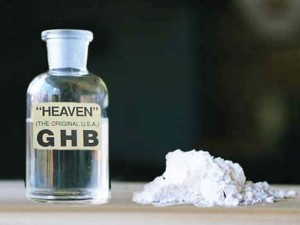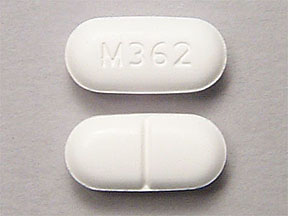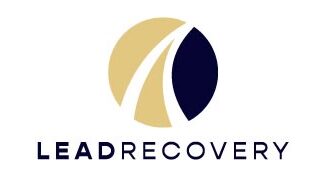Long term drug rehab can range from 90 days to 2 years. Most often this will happen in a residential program. These programs are highly recommended for teens with addictions. They can provide for the specific needs teens and young adults have in addiction treatment. Drug and alcohol abuse amongst teens is a growing concern.
Month: October 2013
Is Inpatient Drug Rehabilitation More Effective?
One of the first questions about seeking treatment for addiction is what is the best option. Is inpatient drug rehabilitation more effective? Treatment for addiction offers a wide range of options. These options are typically narrowed into two categories: inpatient or outpatient treatment. The obvious difference is that inpatient treatment is in a residential program
Experiential Therapy
Experiential therapy is not the type of therapy where a person passively talks to a counselor during a therapy session (referred to as Talk Therapy). Experiential therapy involves actions such as role playing, imagery and many other action-oriented, hands-on activities. Hands-on activities are geared toward helping people get in touch with deep emotions, identify positive
Codependency
Codependency is a concept that addresses the tendency for a person (the “codependent”) to be become controlled or manipulated by another person or group (the “controller”). Ironically, a codependent person will depend on the control of the other person. Often times the controller has an addiction or some other dysfunction(s) that the codependent person is
Switching Addictions
Switching addictions is a phenomenon that occurs in some people who have been successful in getting a past addiction under control. An example of switching addictions is when a person stops a drug or alcohol problem but then begins to form an addiction to some other substance or activity. Often the new addiction is not
Effects of Drugs on the Body
The harmful effects of drugs on the body are either temporary or permanent, but they do occur and they occur throughout major organ systems in a person’s body. Below are some drugs and the effects of drugs on the body. Cocaine Cocaine can impair the brain’s ability to communicate with the heart and lungs. Seizures
Spirituality in Recovery
Spirituality in recovery is the key to long-term success from an addiction. But many people do not know exactly what “spirituality” means. Some people are just plain uncomfortable with the word, much less the actual concept of spirituality. So what is spirituality, why is spirituality in recovery important and how does a person find it?
Cocaine Nose Bleed
Cocaine nose bleed is caused by repetitive nasal insufflation or “snorting” of cocaine. Cocaine, a very addictive stimulant drug, can be ingested in a variety of ways. Snorting is the most common form of ingestion. Snorting is also referred to as “bumping”, “railing” and “dozing”. Why is cocaine snorted? Snorting cocaine requires little prep time
GHB Addiction Facts

GHB addiction occurs when a person uses GHB excessively for non-medical or recreational purposes. Until recently, GHB (Gamma Hydroxybutyric Acid) was commonly used for medicinal purposes in cases of narcolepsy, cataplexy, insomnia, major depression, alcoholism and as a general anesthetic. Today it is generally only prescribed for the treatment of narcolepsy and alcoholism (rarely). The
Hydrocodone Addiction Facts

Hydrocodone addiction is wide-spread. Hydrocodone is a man-made drug (created in 1920) that is created from a naturally occurring substance; it is therefore a “semi-synthetic” drug. It is prescribed as a pain killer and as a cough remedy. In the U.S., commercial-grade hydrocodone is always combined with another drug; it is not available in pure form.

